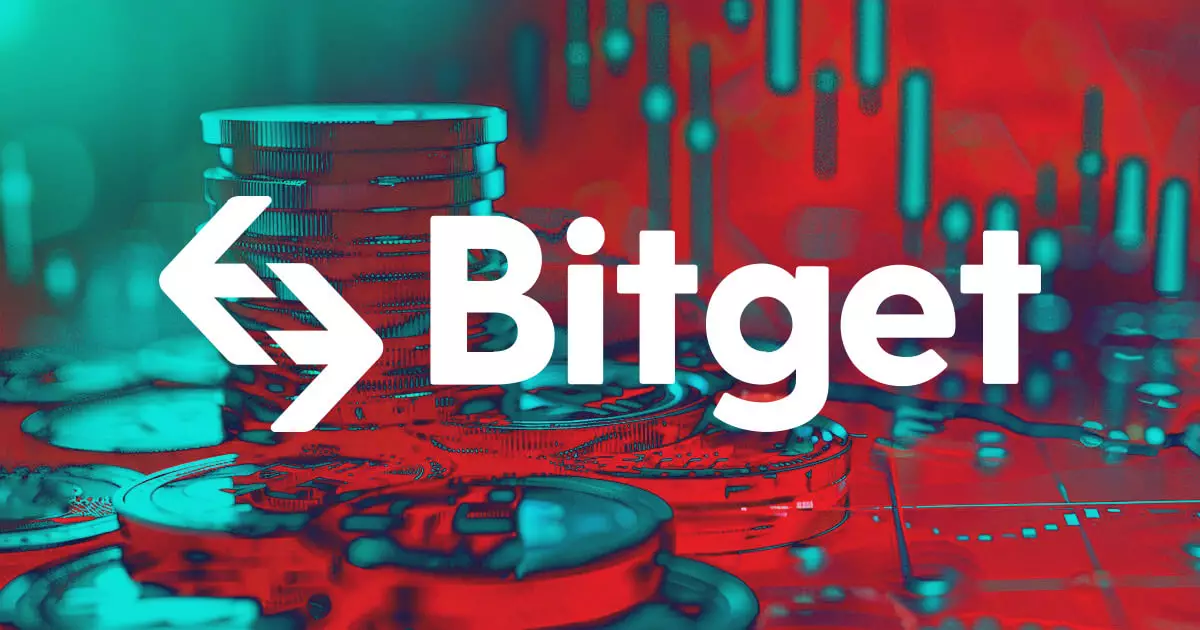On October 7, Bitget exchange faced a turbulent moment as its native token, BGB, experienced a staggering decline, plummeting from $1.15 to $0.5344 in a mere ten minutes. This sharp drop raised alarms among traders and investors alike, triggering a flurry of discussions about the stability and reliability of the exchange. At around 02:58 UTC, the token lost an alarming 56% of its value in just five minutes but made a partial recovery shortly after, stabilizing at approximately $0.9754. This sudden volatility, while generating immediate concern, also highlighted the precarious nature of cryptocurrency markets, where such fluctuations are not uncommon.
In response to the incident, Bitget promptly announced a compensation plan aimed at reassuring affected users. The exchange’s commitment to compensating users for any financial losses encountered during the upheaval demonstrated a proactive approach to customer service, a crucial factor in maintaining trust in the volatile crypto landscape. Bitget pledged to outline a detailed compensation strategy within 24 hours and to complete the reimbursement process within 72 hours. This promise serves to highlight the importance of transparency and accountability in times of market distress, as users often look to exchanges for stability and support.
Despite Bitget’s assurances, the root cause of the drastic price movement has not been definitively identified. Several theories have emerged regarding the sudden plunge, including possibilities like low liquidity, market manipulation, or technical glitches. During this period, overall market conditions were described as “sluggish,” potentially exacerbated by Asian holidays, which traditionally affect trading volumes and liquidity in cryptocurrency markets. This context raises important questions about the infrastructure of exchanges and the inherent vulnerabilities in digital asset trading, particularly during periods of reduced market activity.
Ryan Lee, Chief Analyst at Bitget Research, provided valuable insights when discussing the BGB price decline. He emphasized the importance of contextualizing the dip within the broader market scenario. Lee noted that despite the price fluctuations, BGB’s performance over the past year has been notable, with an increase of over 130%. Such significant growth suggests that occasional setbacks are a natural part of the asset’s journey, often influenced by external factors, including seasonal market tendencies like those observed during the Golden Week in Asia.
Lee’s reflections also pointed out a critical element in the token’s resilience—the strong support from the community surrounding Bitget and its services. The success of BGB is closely tied to the community’s trust, which underpins its value and demand. The symbiotic relationship between the exchange and its users becomes evident; as Bitget enhances its offerings and addresses user concerns, it cultivates an environment where confidence can flourish. This community engagement is not just beneficial for the health of BGB; it is instrumental in shaping the future of the exchange itself.
While the sudden volatility of Bitget’s BGB token caused alarm among traders, the subsequent actions taken by the exchange and the positive long-term outlook presented by analysts highlight a complex but optimistic scenario for investors. Attention to market conditions, user engagement, and robust response strategies will remain critical for ensuring a stable trading ecosystem.

